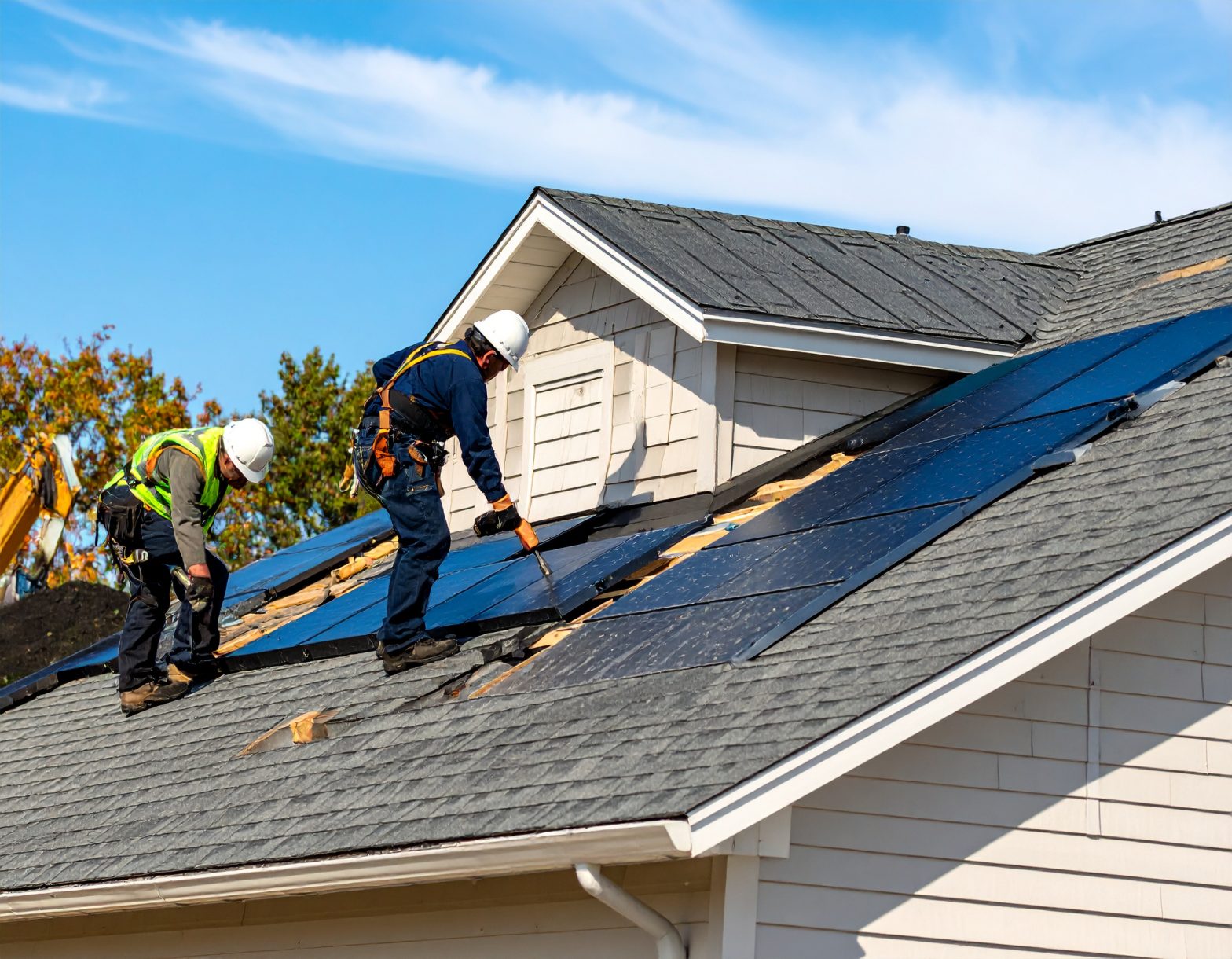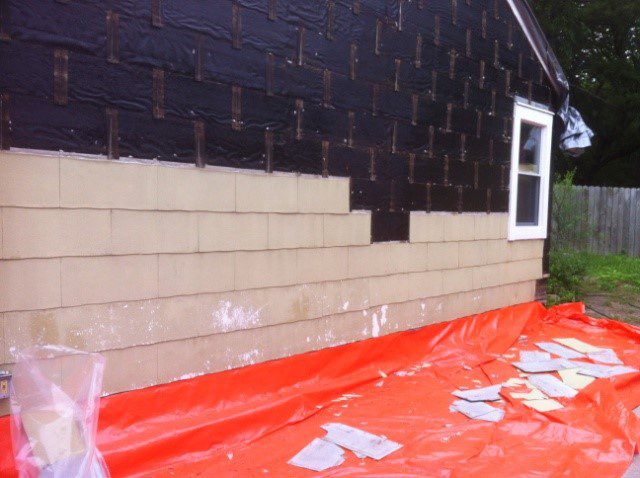
When dealing with hazardous materials like asbestos, there is no room for shortcuts. Every step must be approached with caution, preparation, and strict adherence to safety regulations. Licensed asbestos removal contractors are trained to follow industry-specific protocols that minimize exposure risks, both for the team on-site and for those who will later occupy the building.
Asbestos removal contractors play a critical role in maintaining safe environments during renovations, demolitions, or repairs. These professionals, often employed by licensed asbestos removal companies, follow structured safety systems that align with provincial guidelines and federal regulations. The following protocols represent the core safety standards trusted by professional asbestos removal firms across Ontario.
1. Pre-Work Site Assessment and Hazard Identification
Before any removal begins, a thorough site assessment is conducted. This includes identifying all asbestos-containing materials (ACMs) and determining their condition, location, and potential disturbance. Licensed asbestos removal companies rely on these inspections to design site-specific abatement plans that consider risk levels, structural layout, and the type of asbestos present—friable or non-friable. This step ensures the work plan meets legal standards and prevents unforeseen exposure.
2. Use of Personal Protective Equipment (PPE)
Proper personal protective equipment is non-negotiable in asbestos abatement. Asbestos removal contractors are equipped with full-body disposable suits, respirators fitted with HEPA filters, gloves, and safety boots. PPE helps protect workers from airborne fibers, which can pose serious long-term health risks if inhaled. Contractors also ensure PPE is inspected before each use and disposed of safely after every project, further reducing contamination risks.
3. Establishment of Containment Zones
Setting up controlled work zones is one of the most essential safety measures. Licensed asbestos removal firms install containment barriers using polyethylene sheeting, negative air pressure units, and sealed enclosures to prevent asbestos fibers from escaping the designated area. These containment zones are especially important in residential or occupied commercial buildings, where the spread of airborne particles must be fully controlled.
4. Air Monitoring and Clearance Testing
Continuous air monitoring ensures fiber levels remain below permissible exposure limits throughout the removal process. High-efficiency particulate air (HEPA) filters are used to clean the air inside the containment area. After the abatement, clearance testing is conducted by third-party professionals to verify that the space is safe for re-occupancy. This protocol provides an extra layer of assurance and aligns with industry safety benchmarks.
5. Safe Removal and Handling Procedures
Every piece of asbestos-containing material must be removed with precision and caution. Wet removal techniques are used to suppress dust, and materials are double-bagged in approved containers for transport and disposal. Asbestos removal contractors follow strict guidelines for dismantling materials to avoid fiber release, including hand tools, controlled demolition, and specialized vacuums designed to handle hazardous dust.
6. Worker Decontamination Units
Before exiting the containment zone, workers must pass through decontamination units. These mobile or modular setups include separate chambers for clean gear, showers, and dirty gear removal. This protocol protects both the workers and the surrounding environment from cross-contamination. Decontamination also reinforces hygiene standards and demonstrates the professional responsibility licensed asbestos removal companies uphold.
7. Regulatory Compliance and Documentation
Every asbestos removal project is subject to regulations laid out by the Ontario Ministry of Labour, Training and Skills Development, and must comply with the Occupational Health and Safety Act. Documentation is maintained for each stage of the abatement, including hazard assessments, work procedures, air quality reports, and waste disposal records. Asbestos removal firms prioritize transparency and compliance to maintain trust and legal accountability.
Also read: https://asbestosmouldremoval.ca/the-risks-of-hiring-an-unlicensed-asbestos-removal-company/
Putting Safety First with Every Project
Licensed asbestos removal companies take safety seriously, applying proven procedures to protect building occupants, workers, and the environment. From initial assessment to final air clearance, each step is built around minimizing risk and meeting strict safety regulations.
For reliable and fully licensed asbestos removal in Toronto and the Durham Region, Air Doctors follows every protocol with precision and care. Schedule a consultation today to ensure asbestos concerns are managed safely and professionally.
Also read:




